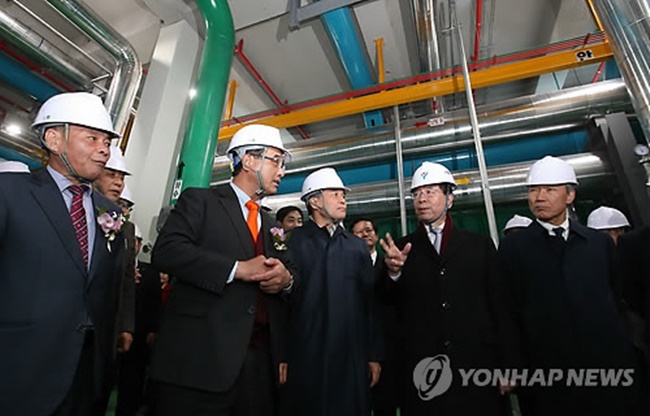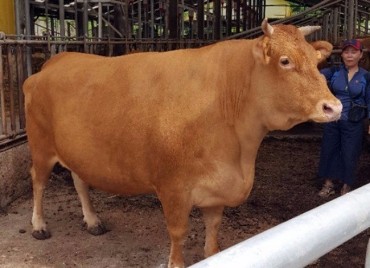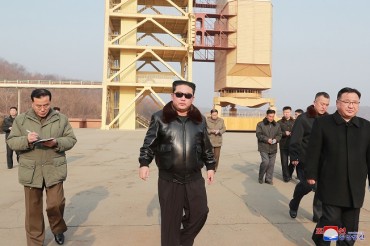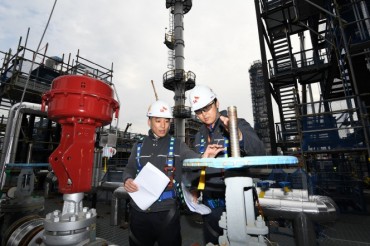
The construction of the new wastewater heat recovery system at Seonam Water Recycling Center in Gangseo District has been completed, with the opening ceremony taking place today. (Image: Seoul Metropolitan Government)
SEOUL, Nov. 29 (Korea Bizwire) – The Seoul Metropolitan Government has built a new wastewater recycling center that could produce enough energy to heat 24,000 households.
The construction of the new wastewater heat recovery system at Seonam Water Recycling Center in Gangseo District has been completed, with the opening ceremony taking place today.
The facility will produce 150,000 gigacalories of heat during the recycling process at the wastewater treatment plant in Seoul, which is the equivalent of heat sources for up to 24,000 households every year.
The heat produced at Seonam Water Recycling Center will then be transferred to a group energy supply facility in Seoul’s Magok District.
“In terms of energy saving, we can save up to the equivalent of 4,975 tons of liquefied natural gas, which will have the same effect on the environment as planting 111,000 pine trees,” the Seoul Metropolitan Government said.
The new waste heat recovery system is seen as a win-win for the energy industry and the local community, as the Seoul Energy Corporation will be allowed to buy urban waste heat at a price cheaper than LNG fuels, which means households in Magok District will also be on the receiving end of affordable and environmentally-friendly heat energy.
The Seoul Metropolitan Government signed an agreement with Seonam Green Energy in 2015 and garnered support from the local community through briefing sessions before work on the project began in April 2016.
The wastewater heat recycling facility, which took 18 months to be build, is the second facility to generate heat from urban waste water in the country, following the Tancheon Water Reuse Center which went into operation in December 2014 that boasts annual heat production of 190,000 gigacalories.

The Seoul Metropolitan Government has built a new wastewater recycling center that could produce enough energy to heat 24,000 households. (Image: Yonhap)
Seonam Water Recycling Center, where the new facility was built, recycles a daily average of 2 million tons of waste water produced in seven districts including Guro and Gangseo, as well as some areas in Gangnam, Seocho and Gwangmyeong City.
“A local heat supply project using wastewater recycling is a great example of replacing fossil fuels, reducing costs, and tackling greenhouse gas emissions,” said Hwang Bo-yeon, a government official responsible for Seoul’s environment policy.
M.H.Lee (mhlee@koreabizwire.com)






